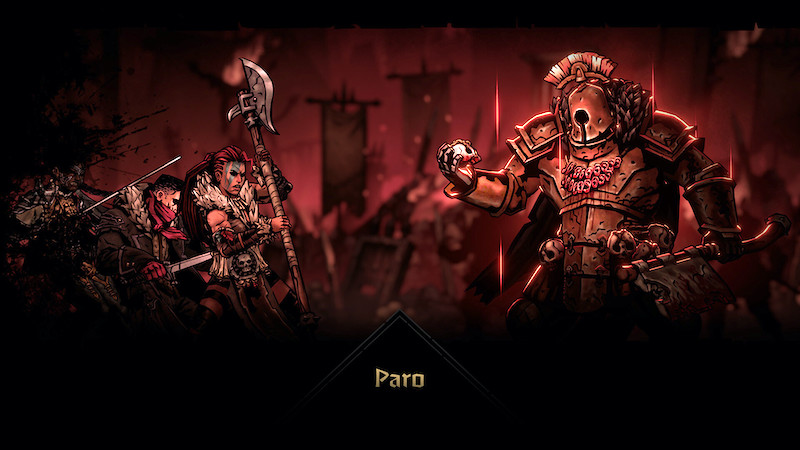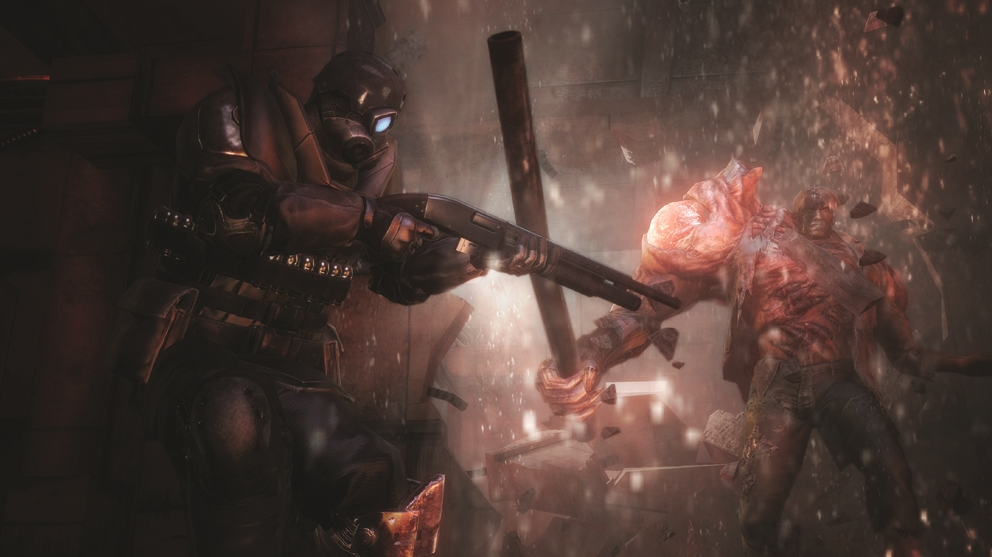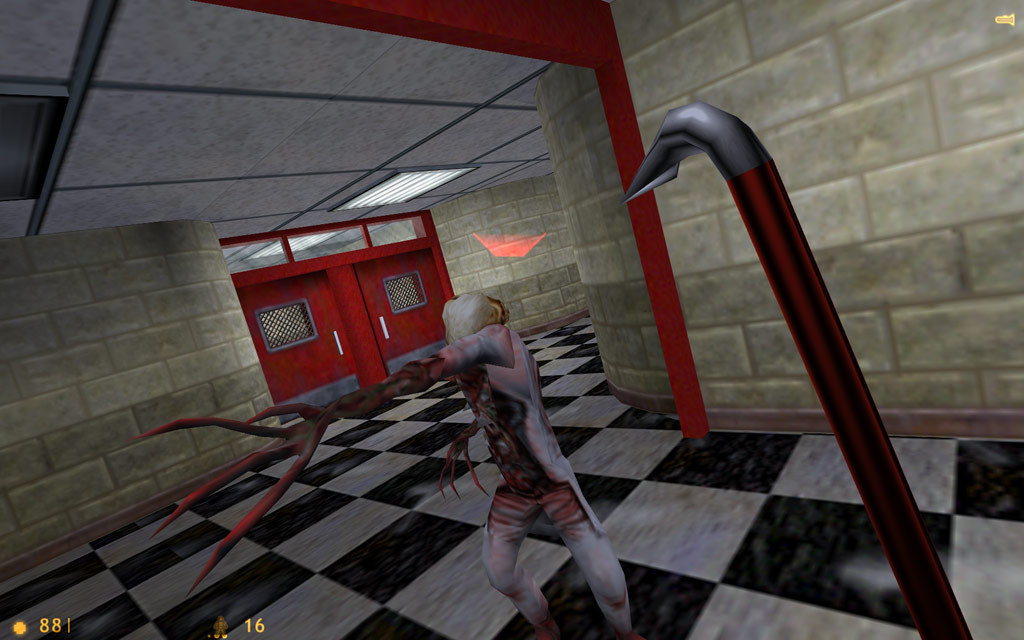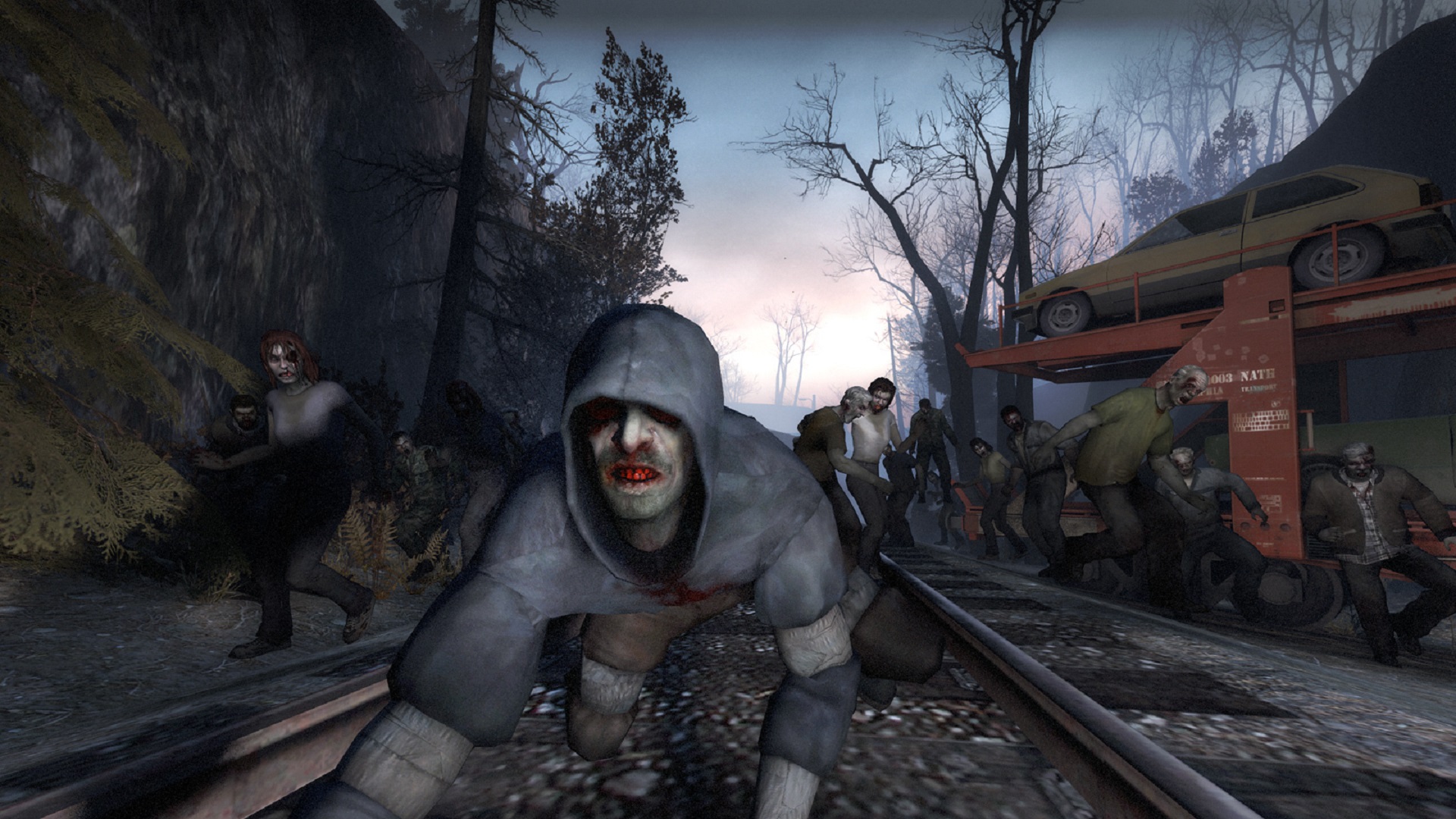
Monster Mania: The Eldritch Madness of the Darkest Dungeon Series
Monster Mania is a weekly column celebrating the unique and varied monster designs in horror gaming.
There is no other way to put it; the fine folks of Red Hook Studios are nothing short of masochists, sycophants to eldritch horrors behind the crushingly dark hardcore RPG series Darkest Dungeon. The original game was a maddening slice of rogue-lite perfectionism that thrust players into the darkest depths of dungeons and pummeled them into submission at every turn. And while the game’s sequel ditches the traditional dungeon crawl aspect in favor of a treacherous caravan mini-game, Red Hook Studio’s stellar monster design continues in horrifying fashion.
While on the surface, the Darkest Dungeon games may seem like a familiar fantasy RPG approach, the series’ monster designs and accompanying art style give the series its defining hardcore bite. And this is thanks to creative and art director Chris Bourassa’s twisted mind.

Anyone who has ever played an RPG over the last 30 years is more or less familiar with the types of creeps their party will encounter. Sewer rats, bandits, goblins, and tentacle monsters are the most common dungeon denizens. While Darkest Dungeon certainly has its share of monsters that may seem familiar, Bourassa and Co have once again assured that Darkest Dungeon and its sequel have plenty of surprises for weary travelers.
Darkest Dungeon II’s enemies are divided into ten groupings, each defined by a theme: fisherfolk, fanatics, cultists, the undead, and plenty more. Each grouping is amassed by a rogue’s gallery of five or more enemy types, each with distinctively devastating attacks and abilities.
Let’s begin with the creeps looks; unlike its 2D predecessor, Darkest Dungeon II adopts 3D character models. Much like the inclusion of the caravan driving sections, I was hesitant about this drastic change, given my high regard for the darkly expressive art style of the original. Thankfully, this graphical change retained the original’s tone and allowed the individual monster designs to shine even brighter. Monsters are even more hellish with new levels of detail, and their expressiveness comes across in their subtle sways and movements, either when attacking or standing at the ready.
Darkest Dungeon’s eldritch vibes give each monster a doomsday aesthetic that perfectly matches the game’s difficulty. Enemies that reflect the game’s attitude of “It isn’t a matter of IF you’ll die, but when” allow the series to be defined by this apocalyptic energy. While there are too many fantastic enemy designs to list, the boss Dreaming General is the perfect distillation of beauty and deadliness.
A knight’s skeletal corpse leans against branches and bushes, a tree trunk having pierced their chest not unlike a tentacle. Seemingly a dormant foe, the Dreaming General is not only a damage sponge but can dole out heavy, fear-inducing damage that can affect all ranks of heroes. It is one of many memorable boss fights that further push the series in a creative dark fantasy direction.

Darkest Dungeon’s art style is primarily responsible for me rolling the dice on the original, given my general disinterest in fantasy games. So, developers, if you ever want to ensure I give your game a shot, make it as grim and nasty as possible, and I’ll put aside any biases I may have towards your given genre.
On top of being a looker, Darkest Dungeon II’s monsters have no shortage of curve balls to throw at the player’s heroes, given the game’s further refined strategic options in combat. Most enemy parties’ front ranks consist of close-quarters and ranged attackers, while support classes aid from the back ranks. Early on, players learn to fight the urge to solely focus their entire party’s attacks and abilities on the enemy’s heaviest hitter. Focusing solely on a single unit allows weaker enemies to hit your party members more frequently, dwindling their health.

Disregarding enemies’ back ranks often ensures little else other than defeat. Support characters may not seem like pressing offensive threats, but that is due to their primary focus on buffering their allies. Often regulated to a healing or stat-boosting role, these support characters will ensure that their party either hunkers down defensively or bolsters already prominent combat threats.
Perhaps the greatest compliment I can pay to Darkest Dungeon II is the greater emphasis the game places on experimentation. Given the meta upgrade system that allows you to strengthen characters with currency earned during each “dungeon” run, I felt more empowered to try out new builds and party member pairings. This didn’t necessarily lessen my crushing defeats at the hands of the game’s fantastic monsters. Still, it did provide a refined and somehow more engrossing RPG mechanics that helped to make Darkest Dungeon II one of my favorite games of 2023.
For more horror game reviews, opinions, and features, check out DreadXP.




